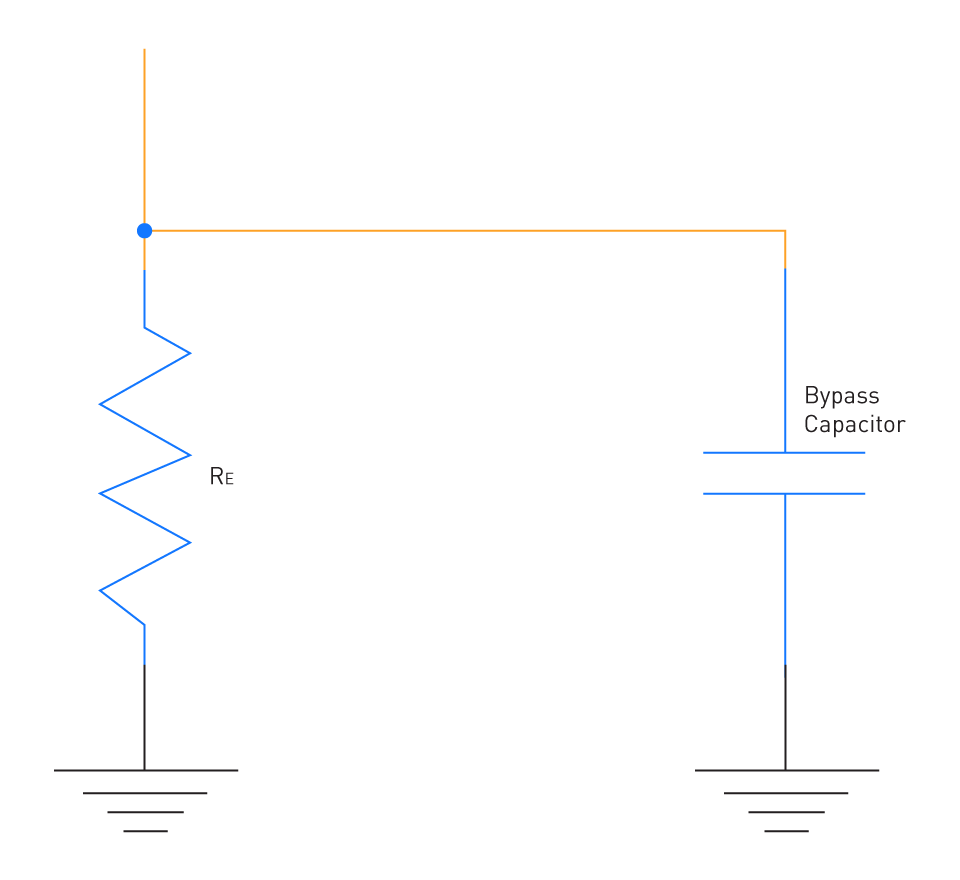Layout Considerations
A critical aspect influencing the functionality and reliability of digital isolators is the physical layout within a circuit board. Creating effective digital isolation solutions requires essential elements such as proper placement and routing, along with strategies to avoid crosstalk and interference.
Optimal Placement and Routing
Strategic Placement: The performance of digital isolators on a PCB is significantly influenced by their positioning. To minimize the length of traces susceptible to noise, isolators ought to be positioned close to the signals they isolate. Yet, ensuring adequate distance from high-noise or high-temperature components is imperative to prevent interference and thermal stress.
Routing Techniques: Routing electrical traces to and from the digital isolator holds utmost importance. Keeping traces as short and direct as feasible is essential for reducing signal degradation. In high-speed applications, maintaining signal integrity can be aided by the use of controlled impedance traces.
Grounding and Shielding: To ensure stability and minimize noise, it's vital to have adequate grounding. Under the isolator, a solid ground plane can offer shielding and decrease electromagnetic interference (EMI). Strategic layer stacking in multi-layer PCBs can additionally improve isolation and shielding effectiveness.
Thermal Management: In instances where the isolator generates substantial heat, the layout ought to support efficient heat dissipation. This can entail employing thermal vias, heat sinks, and ensuring adequate airflow around the component.
Avoiding Cross-Talk and Interference
Physical Separation: Key to reducing the risk of crosstalk and interference is maintaining physical separation between the digital isolator and other components, particularly those that emit high-frequency signals or remarkable EMI.
Isolation of Sensitive Traces: Traces sensitive in nature, particularly those associated with connections to and from the digital isolator, necessitate isolation from high-current or high-speed signal pathways. Achieving this entails careful PCB layout planning, which involves avoiding parallel routing with traces that could potentially cause interference.
Filtering and Decoupling: The susceptibility to noise can be reduced further by incorporating filtering and decoupling tactics at the I/O ports of the digital isolator. This entails the use of ferrite beads, bypass capacitors, or LC filters.
Differential Signaling: Opting for differential signaling over single-ended signaling, whenever possible, for data transmission to and from the isolator, can notably mitigate the impacts of crosstalk and EMI.
PCB Stack-Up Design: Additional isolation and reduction of interference from other layers and components can be achieved by optimizing the PCB stack-up, which includes arranging power, ground, and signal layers.
Bypassing and Filtering
In the design of digital isolators, bypassing and filtering are critical techniques, playing an imperative role in enhancing overall system performance and noise reduction.
Importance in Noise Reduction
Mitigating Noise Impact: The performance of digital isolators can be significantly degraded by noise, whether it stems from internal system components or external sources. Such degradation can manifest as data errors, signal distortion, or even complete system malfunction.
Enhancing Signal Integrity: By effectively bypassing and filtering, signal integrity can be improved, thereby reducing the noise superimposed on the signals passing through the digital isolator. In applications where precision and reliability of signal transmission are most important, like in data communication or control systems, this becomes particularly crucial.
Stabilizing Power Supply: In stabilizing the power supply to the digital isolator, bypassing and filtering also plays a crucial role. The isolator’s operation can be adversely affected by the fluctuations and transient spikes in the power supply.
Effective Design Strategies
Bypass Capacitors: A fundamental strategy for filtering noise, particularly high-frequency noise, from the power supply is through bypass capacitors. By situating a capacitor near the power pin of the digital isolator, a low-impedance path to ground for transient voltages is established, thereby stabilizing the supply voltage.

Figure 1: Bypass Capacitor
Decoupling Capacitors: The distribution of decoupling capacitors, employed to decouple one part of a circuit from another, can be even across the PCB. Decoupling capacitors, besides preserving signal integrity, also function as EMC filters, preventing high-frequency signals from transmitting throughout the PCB.

Figure 2: Decoupling Capacitor
Filtering Techniques
- Low-Pass Filters: To prevent high-frequency noise from affecting the signal lines, implementing low-pass filters on the input and output lines of the digital isolator is advisable. Designing these filters can involve combinations of resistors, capacitors, and inductors.
- Ferrite Beads: On both power and signal lines, ferrite beads prove effective in suppressing high-frequency noise. Acting as high-impedance elements to high-frequency currents, they thereby filter out unwanted noise.
- Grounding and Shielding: Filtering noise requires proper grounding techniques, such as utilizing ground planes and ensuring short, direct grounding paths. Reducing the impact of electromagnetic interference can also be achieved by shielding sensitive areas of the PCB.
- Differential Signaling: The susceptibility to noise can inherently be reduced by employing differential signaling for data transmission. Improving the noise immunity of the system, differential pairs can filter out common-mode noise.

Figure 3: Differential Signaling
- Decoupling Strategies: Separating sensitive parts of the circuit from noise sources is involved in decoupling. Through meticulous PCB layout, including the distancing of sensitive signal traces from high-speed or high-power lines, and the utilization of separate ground planes for digital and analog sections, this achievement can be attained.







直接登录
创建新帐号